-

-

-

-

Vinci
3 Piece Suit Gray Mens Vested 2 Button Traditional Fit Work Office Business Vinci V2TR
Was: $230.00Now: $169.99 -
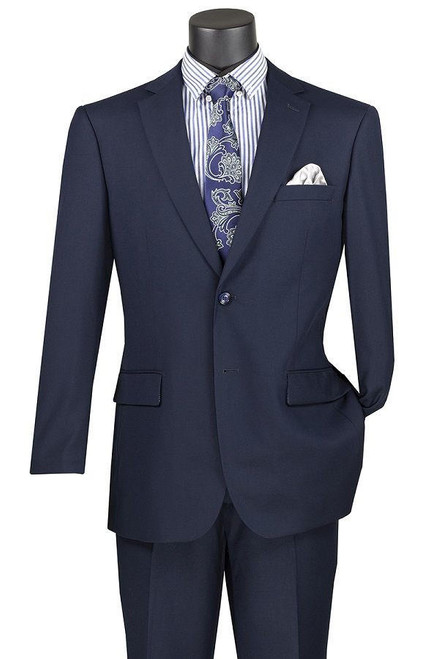
-
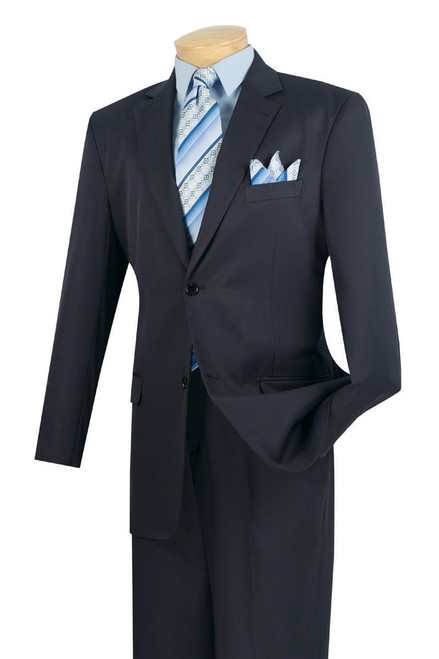
Vinci
2 Piece Business Suit for Men Solid Navy Blue Work Professional Office F-2C900-2
Was: $230.00Now: $164.99 -
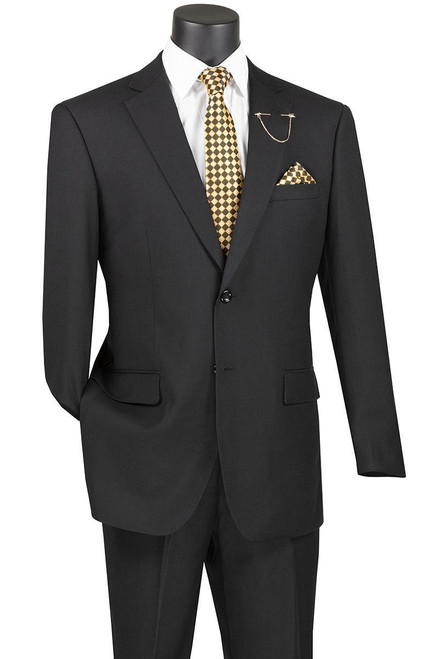
-

Vinci
Mens Wedding Suit Light Gray Regular Fit Comfort Waist Pants F-2C900
Was: $230.00Now: $164.99 -
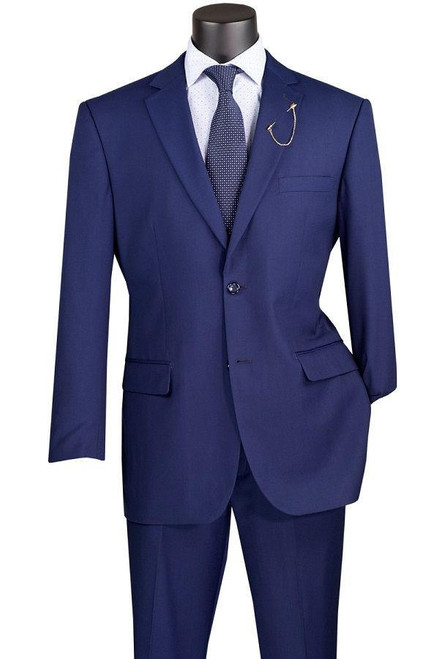
-

-
 Out Of Stock
Out Of Stock -

-

-
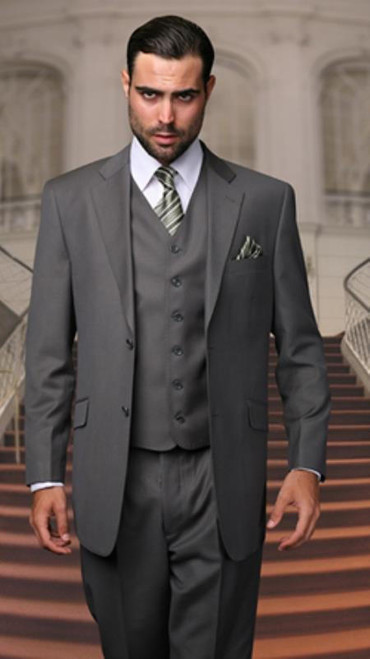
-

Vinci
Mens Business Suit Medium Gray Regular Fit Elastic Waist Band F-2C900
Was: $230.00Now: $164.99 -

Vinci
Mens Business Suit Bright Blue Regular Fit Comfort Waist Pants F-2C900
Was: $230.00Now: $164.99 -

Shop The Best Suits for an Interview That Mean Business
Find the Suit for an Interview Help You Look Job Ready
These suits are just the right solution to help you look like the best job candidate out of the rest of candidates. It is always important to wear the just the right style suit that is needed for a job in a company that requires wearing a suit. These suits are cleanly styled and conservative with nothing about them to show the interviewer that you are all about the company.
You can of course wear these suits to the job or even to Weddings if the need arises
Versatility is always important. What is point of wearing a suit to just the interview when you can wear it to other functions, too? A basic style single breasted 2 piece suit is your basic style suit that can be used for all types of events and occassions.
-
Shop Similar Collections:
- Three Piece Suits for Men
- Steve Harvey Collection
- Square Pattern Suits for Men
- Pin Striped Suits
- Men's Wedding Suit
They Should be worn with brand new black cap-toe oxfords.
One of the best ways to wear to wear one of these suits for a job interview is to wear a pair of brand new black polished cap-toe oxfords. You want the shoes to be traditional style with a leather sole. Afterwards, I recommend that put on a new freshly pressed white dress shirt with a traditional pointed collar. Remember that you are not going for style points here. The silk tie that you wear with the suit and shirt should have a small muted pattern that doesn't draw attention to itself. Once you have all those pieces together, make sure you have had a recent haircut for a complete package.



